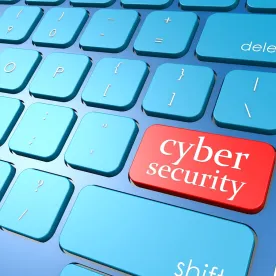On Monday, the 2015 G-7 Summit ended with the President and other Leaders of the G-7 focused generally on a wide range of economic, security, and development issues, and specifically discussing the energy sector’s cybersecurity posture. According to the White House, the Leaders “launched a new cooperative effort to enhance cybersecurity of the energy sector . . . [to] include analysis of different approached across the G-7; exchange of methodologies for identifying cyber threats, vulnerabilities, and best practices; and investment in cybersecurity capabilities and capacity building.”
The G-7’s international effort appears to model the ongoing U.S. domestic efforts to protect the electric grid. In the United States, the electric grid relies inextricably upon its key sector stakeholders to deliver essential services, and each of them have substantial networked information systems that must remain interconnected, from industrial controls within the power generation facilities to the sensors found in energy delivery systems. Since 1998, the Electricity Sector Information Sharing and Analysis Center (“ES-ISAC”) has served the energy sector by providing a platform for industry participants, the federal government, and other critical infrastructures to share cybersecurity information. The ES-ISAC share “threat indications, analyses and warnings, and interpretations to assist industry in taking protective actions.” The goal of the ES-ISAC and its participating members is to share such information that could help prevent cyber-related incidents, and it appears the Leaders of the G-7 hope to accomplish the same for their countries.




 />i
/>i